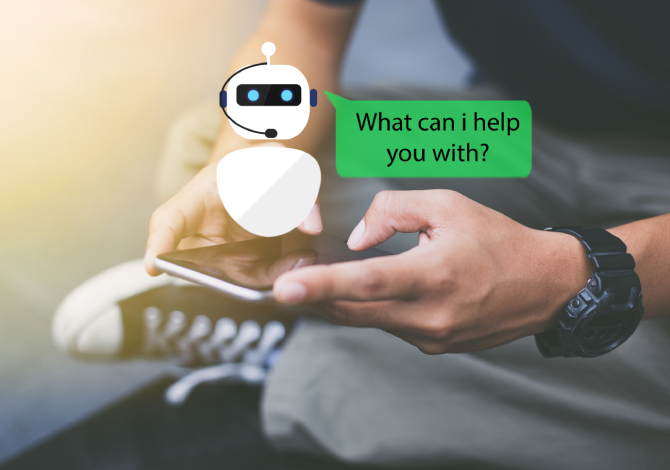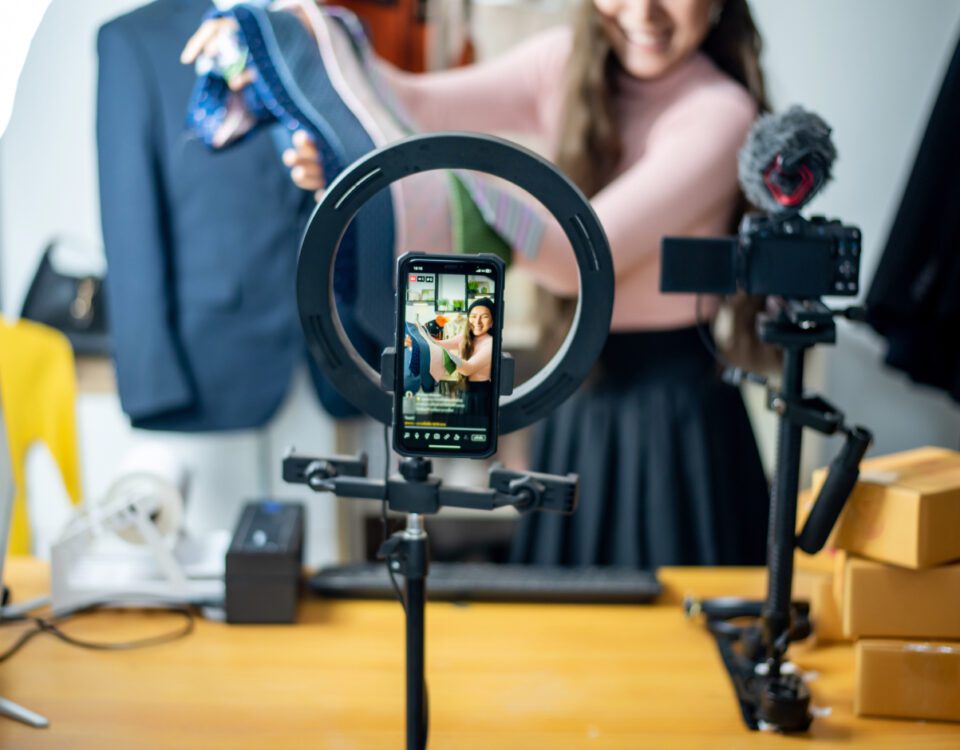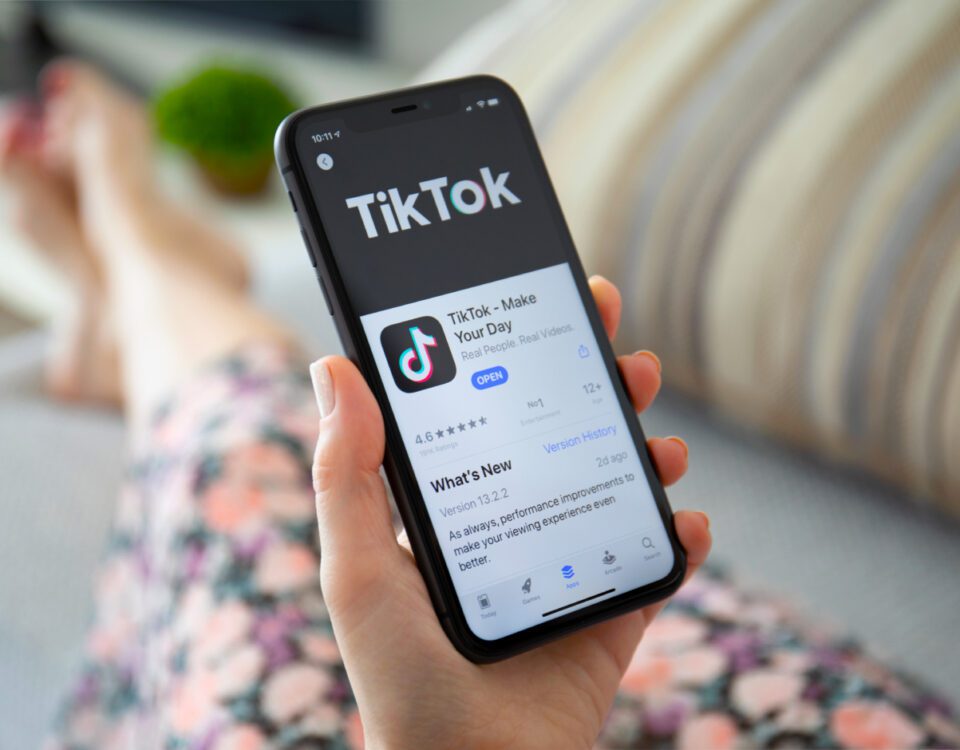Share
Speedy customer service is undoubtedly one of the most important amenities a business can offer, with 90% of consumers agreeing that an immediate response is essential when contacting a company, and 71% of 16-24 year olds believing that a quick reply from a service team can drastically improve their overall experience. Because of this, Live Chat is rapidly growing in popularity - but many brands are resorting to using chatbots and automated systems on their websites to provide customer support on their behalf, due to a lack of internal resources and time. However, despite the undeniable advances being made in AI technology, bots still can’t replace real people when it comes to interacting with customers effectively and efficiently. Here at 3sixfive, we recognise the huge disadvantages of chatbots and always encourage businesses to take a human approach instead.

Chatbots Misinterpret Information
First and foremost, the main problem with chatbots is their inability to fully understand what a customer is trying to say. Unlike real humans, AI systems rely on specific cues and combinations of keywords to trigger their responses, which can prove tricky if a user asks a question that isn’t in the database or words their query in a way the bot doesn’t recognise.
Slang, misspellings, abbreviations and sarcasm are all common within informal communication spaces like Live Chat, presenting further difficulties for chatbots. Day-to-day language features such as these often cause AI to misinterpret customers’ messages and therefore give incorrect answers, leading to frustration and cart abandonment. That’s why 86% of consumers prefer interacting with a human over a bot!
Chatbots Can’t Offer Personalisation
Did you know that your online conversion rate can increase by roughly 8% when you include personalisation throughout your customer service? Unsurprisingly, this isn’t something chatbots can offer - at least not 100% effectively. Bots usually won’t use the customer’s name, making them feel detached from the conversation and making it obvious that they aren’t talking to a real person. When experiencing issues with your products, website or business, customers naturally want their complaints to be met with empathy, something that computer-generated systems are unable to display.
Plus, with 56% of online shoppers being more likely to return to a site that shows product recommendations, the importance of bespoke suggestions shouldn’t be underestimated. Chatting to a customer while they browse your website and learning about their individual needs and preferences means you can point them towards the items that best suit their requirements, while chatbots can only make assumptions about what they might want to buy. These guesses are usually based on algorithms that are not only inaccurate but also require tracking customers’ behaviours and collecting their data without prior consent.


Chatbots Require Maintenance
As with any digital software, chatbots require regular maintenance and system updates. They need to be frequently optimised to make sure they are giving the correct information to users, particularly if your business undergoes constant changes, such as listing new products or adding new menu items. All of these will result in periods of downtime and therefore inaccessibility, which can cause disappointment for customers, especially those facing urgent problems who want to get things resolved as quickly as possible. You might need an experienced programmer or developer to repair the bot if it malfunctions, which can be expensive for your business if you don’t already have someone in this role in-house.
Chatbots Can Harm Your Brand Image
When someone wants to get in touch with your business and discovers that their only option is to talk to a bot, it can give the impression that you don’t really care about your customers’ issues and aren’t interested in speaking to them. In fact, around 50% of people believe that companies use chatbots to deflect responsibilities and intentionally prevent them from being able to contact live agents.
AI sounds mechanical and (unsurprisingly!) robotic, whereas having a conversation with a real human adds personality, warmth and friendliness, and boosts the sense of proximity between your business and its audience. It also demonstrates that your brand is open and willing to acknowledge its customers’ concerns rather than becoming unreachable after taking their hard-earned money.


Chatbots Don’t Offer Insights
A major advantage of interacting with your customers is that you can gather real-time insights about your products and services, whereas a chatbot can only send replies. This means you can analyse which parts of your business are performing well and which ones need improvement.
• Which items and collections are most commonly asked about?
• Which areas of your website do shoppers have difficulty navigating?
• Which deals and offers are the most popular?
• Should your delivery information be explained more clearly?
By manually responding to every message, you can monitor trends throughout your customers’ enquiries and track any recurring themes or areas of concern. Additionally, you can gain feedback about the chat itself by including a customer satisfaction survey at the end of each conversation to find out if they were happy with the standard of service received.
Are Chatbots Ever Acceptable?
As a general rule, your business should stay away from chatbots. However, setting up an automated response to confirm that you’ve received a customer’s enquiry and will respond shortly can be acceptable in some cases. According to Tim Woo, Marketing Director for Framed Data: “Most customers actually prefer a quick but ‘ineffective’ response over a calculated, delayed answer”, meaning it can be a good idea to implement a system which acknowledges your customers’ messages even if you’re unable to provide a full solution straight away. Of course, this doesn’t mean you can then sit back and take hours to respond - but it can offer some reassurance to the customer that they’ll be connected with a real agent soon who can assist them with their query, especially during busy periods where wait times may be longer.
Summary
We hope we’ve helped you understand why chatbots are a disaster for your business, and why you should steer clear of them when assembling your Live Chat strategy. We recommend Meta’s Messenger plugin due to its unique ability to automatically load recent chat history between you and your customers, enabling conversations to continue across devices even when customers exit your desktop website. If you don’t have the resources to manually handle your incoming requests, check out our Live Chat service to find out how our expert team can help manage your inbox and provide fast support to your audience from 8am-10pm, 365 days a year.









